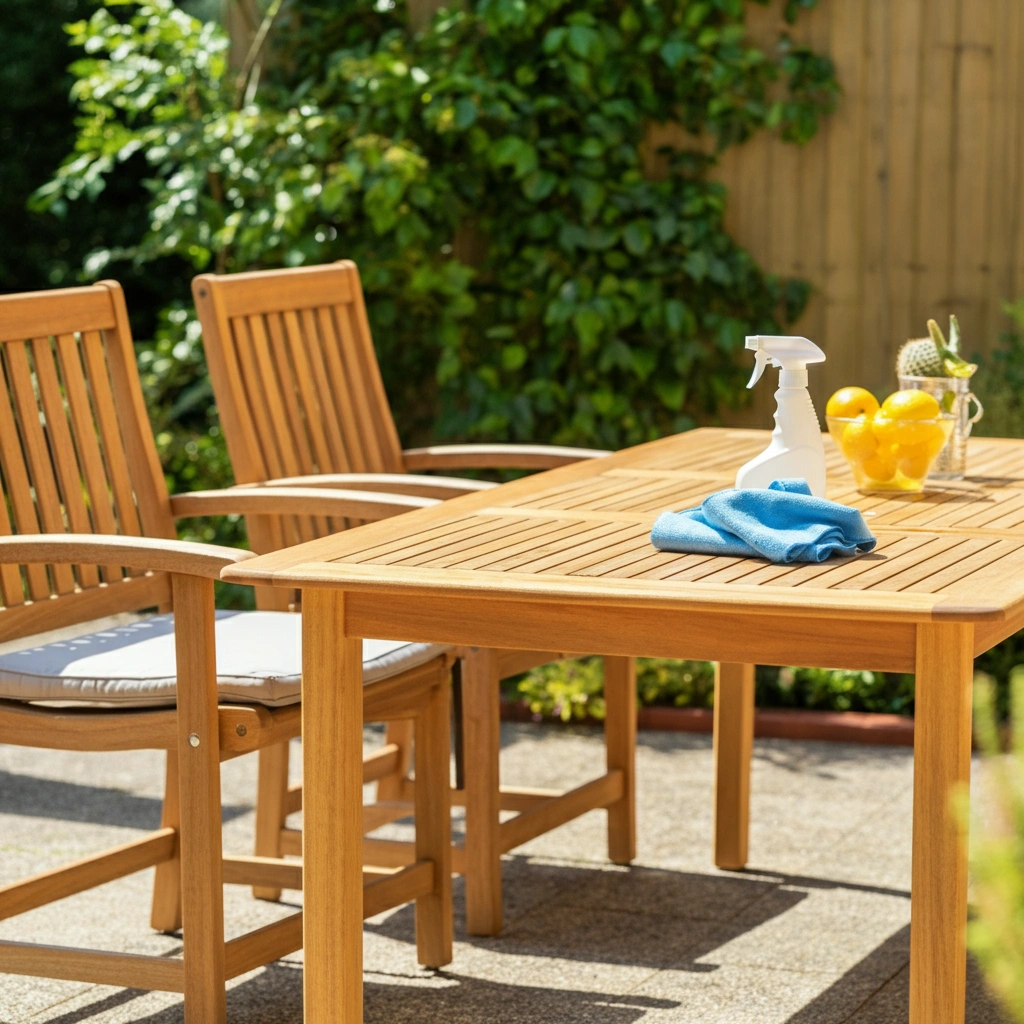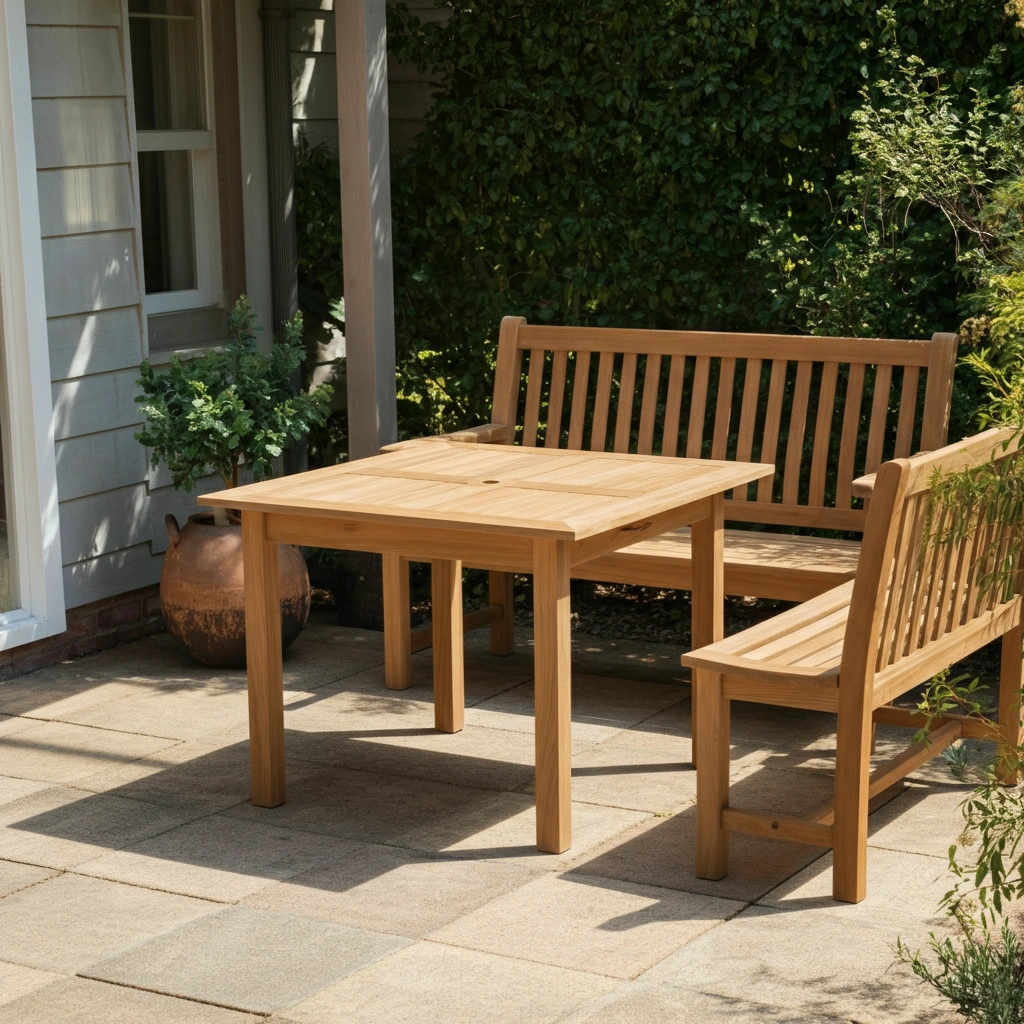Why You Should Clean Your Outdoor Furniture Regularly
Maintaining your outdoor furniture is essential for preserving its longevity and ensuring it looks its best throughout the year. Regular cleaning not only enhances the appearance of your furniture but also prevents the buildup of dirt, mold, and mildew that can cause long-term damage. By learning how to clean outdoor furniture properly and incorporating it into your outdoor maintenance routine, you can save money by avoiding the need to replace furniture prematurely. Furthermore, clean and well-maintained furniture creates a more inviting and comfortable space for relaxation and social gatherings, making your outdoor areas a true extension of your home. Understanding Different Types of Outdoor Furniture Materials and Their Cleaning Needs Outdoor furniture comes in a variety of materials, each with unique characteristics that influence cleaning methods. Understanding these differences ensures that you care for your furniture properly and extend its lifespan. Metal Furniture Metal furniture, such as aluminum, steel, or wrought iron, is known for its durability and sleek appearance. However, it can be prone to rust or corrosion if not maintained appropriately. Cleaning metal furniture involves using a mild soap and water solution with a soft cloth or sponge. For tougher stains or rust spots, fine sandpaper or a rust remover may be necessary, followed by a protective finish to prevent further damage. Wood Furniture Wooden outdoor furniture, whether made from teak, cedar, or eucalyptus, has a natural and timeless charm. It requires gentle cleaning to prevent damage to the wood’s surface. A mild soap solution and a soft brush can remove dirt, while annual resealing or oiling helps to maintain the wood’s integrity and protect it from weathering. Plastic/Resin Furniture Plastic and resin furniture is lightweight, affordable, and resistant to most weather conditions. Cleaning this type of furniture is straightforward—warm soapy water and a soft cloth or sponge are typically sufficient. For stubborn stains, a mixture of baking soda and water can act as a gentle abrasive without damaging the surface. Fabric and Cushions Fabrics used in outdoor furniture, such as cushions or umbrellas, are often made from weather-resistant textiles but still require regular upkeep. Remove and wash covers if they’re machine washable, or spot clean with a soap and water mix. For mildew or deep stains, a solution of vinegar and water can be effective. Always ensure fabrics dry thoroughly to prevent mold growth. By tailoring your cleaning methods to each material type, you can maintain the beauty and functionality of your outdoor furniture for years to come. General Guidelines for Cleaning Outdoor Furniture Outdoor furniture is continuously exposed to elements like dust, pollen, and grime, which can quickly accumulate on surfaces. Regular maintenance is essential to prevent buildup and extend the lifespan of your furniture. Begin by brushing off loose debris with a soft-bristle brush or cloth to avoid scratching the surface. Keep basic cleaning supplies, such as mild soap, water, and sponges, on hand for more thorough cleaning. Ideally, outdoor furniture should be cleaned at least once a month to prevent dirt from settling and becoming harder to remove. During periods of high pollen or heavy use, increase the frequency of cleaning to maintain cleanliness and keep your outdoor space welcoming and fresh. Step-by-Step Guide to Cleaning Different Types of Outdoor Furniture Keeping your outdoor furniture in pristine condition involves understanding how to clean each type of material properly. Follow these steps to ensure your furniture stays durable and appealing: Also Read: Can Outdoor Furniture Cushions be washed? 1. Cleaning Metal Frames Metal outdoor furniture care is relatively straightforward and can help prevent rusting and other damage over time. Start by preparing a cleaning solution using warm soapy water, which is both effective and gentle on metal surfaces. Use a soft cloth or sponge to apply the solution, gently scrubbing away dirt and grime. Avoid using abrasive tools that could scratch the metal and expose it to potential corrosion. Once cleaned, thoroughly rinse the frames with clean water to remove any soap residue. To prevent rust, it’s crucial to dry the metal completely using a soft towel or allow it to air dry in a well-ventilated space. Regular maintenance will keep your metal furniture looking polished and extend its lifespan. 2. Cleaning Wooden Furniture Without Causing Damage Proper care is essential to maintain the beauty and integrity of your wooden outdoor furniture. Start by dusting off any loose dirt using a soft, dry cloth or a gentle brush. For a thorough clean, use a mild mixture of warm water and dish soap, applying it with a soft sponge or cloth. Gently scrub the surface, being cautious to avoid soaking the wood, as excessive water can cause swelling or warping. Avoid power washing, as the high pressure can splinter or damage the wood’s finish. If your wooden furniture has rough or splintered areas, sanding is an effective method to restore a smooth surface. Use fine-grit sandpaper and gently sand in the direction of the wood grain to prevent scratches or further damage. Once sanded, clean off any dust and consider applying a wood sealant or oil to enhance durability and resistance to weathering. These regular wood care tips will help keep your furniture in excellent condition for years to come. 3. Caring for Plastic and Resin Surfaces Effectively Plastic and resin outdoor furniture are popular for their durability and low-maintenance requirements. To keep these pieces looking their best, start with a simple cleaning solution made from mild dish soap and warm water. Use a sponge or soft cloth to wipe down the surfaces, removing dirt, debris, and stains. Rinse thoroughly with clean water to avoid any soap residue. For tougher stains or areas with built-up grime, a pressure washer can be a useful tool. If using a pressure washer, always operate it on a low setting to prevent damage to the plastic or resin surface. Be sure to maintain a safe distance between the nozzle and the furniture to avoid chipping or weakening the material. With these effective cleaning techniques, your plastic furniture will remain

